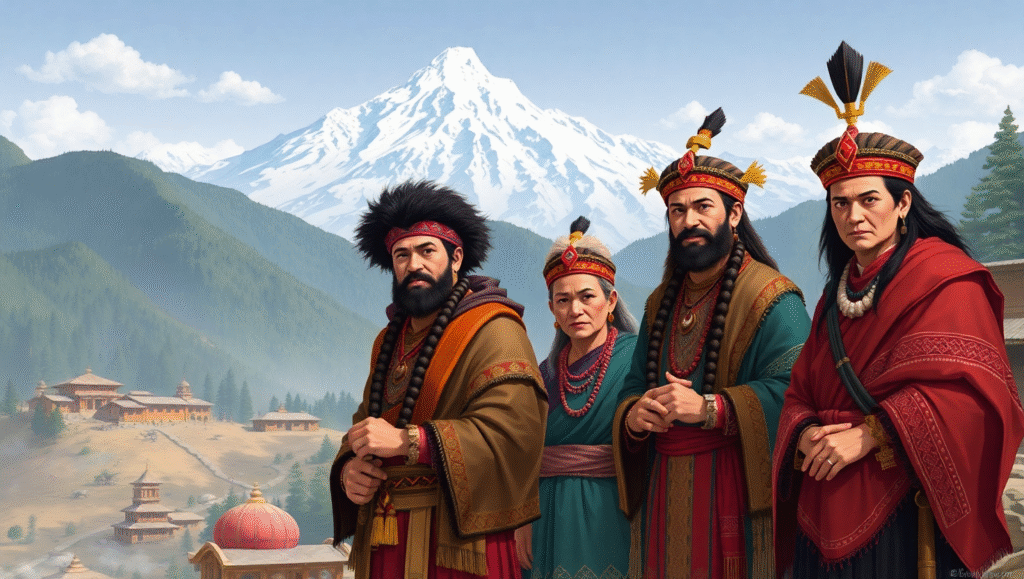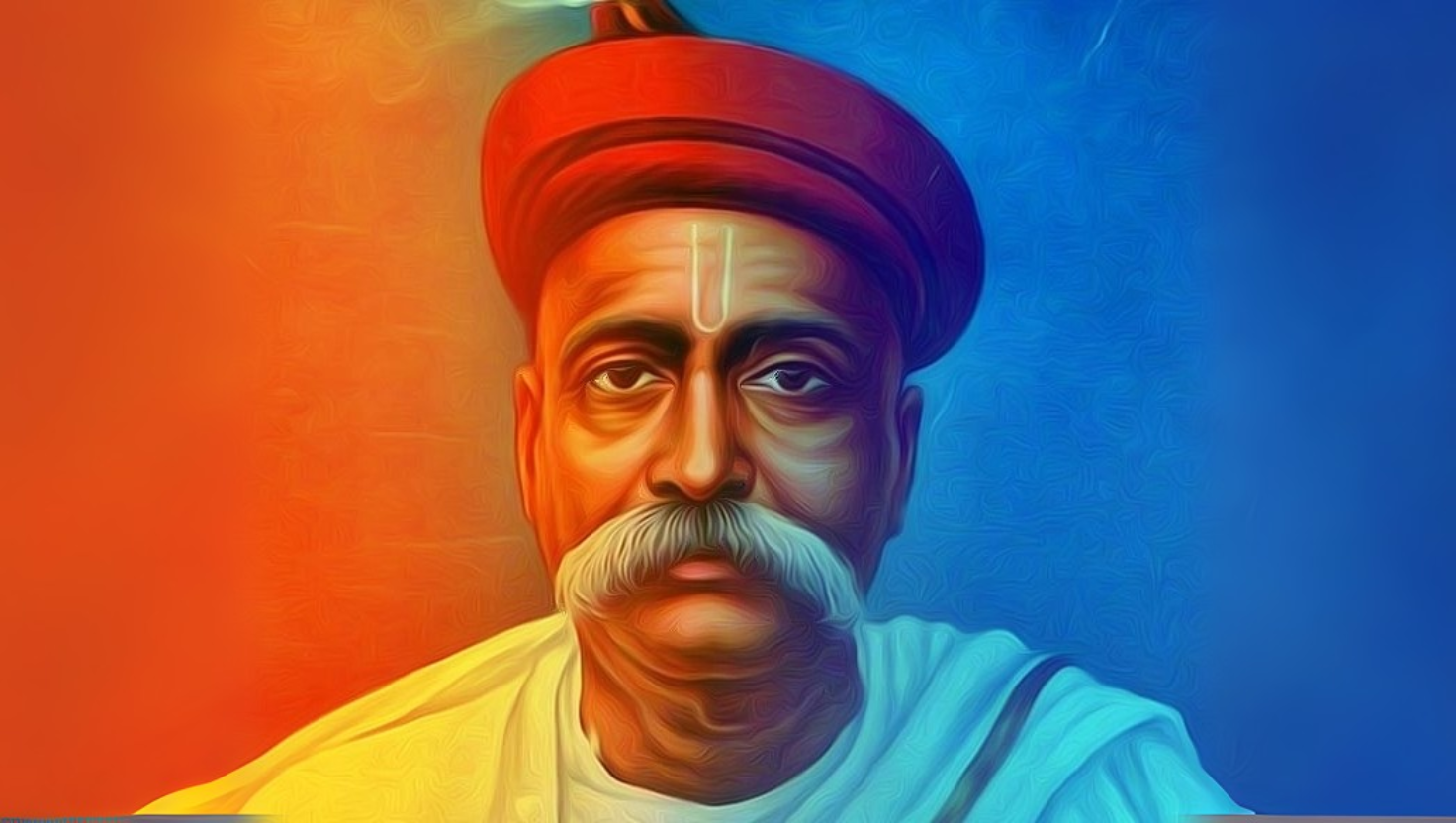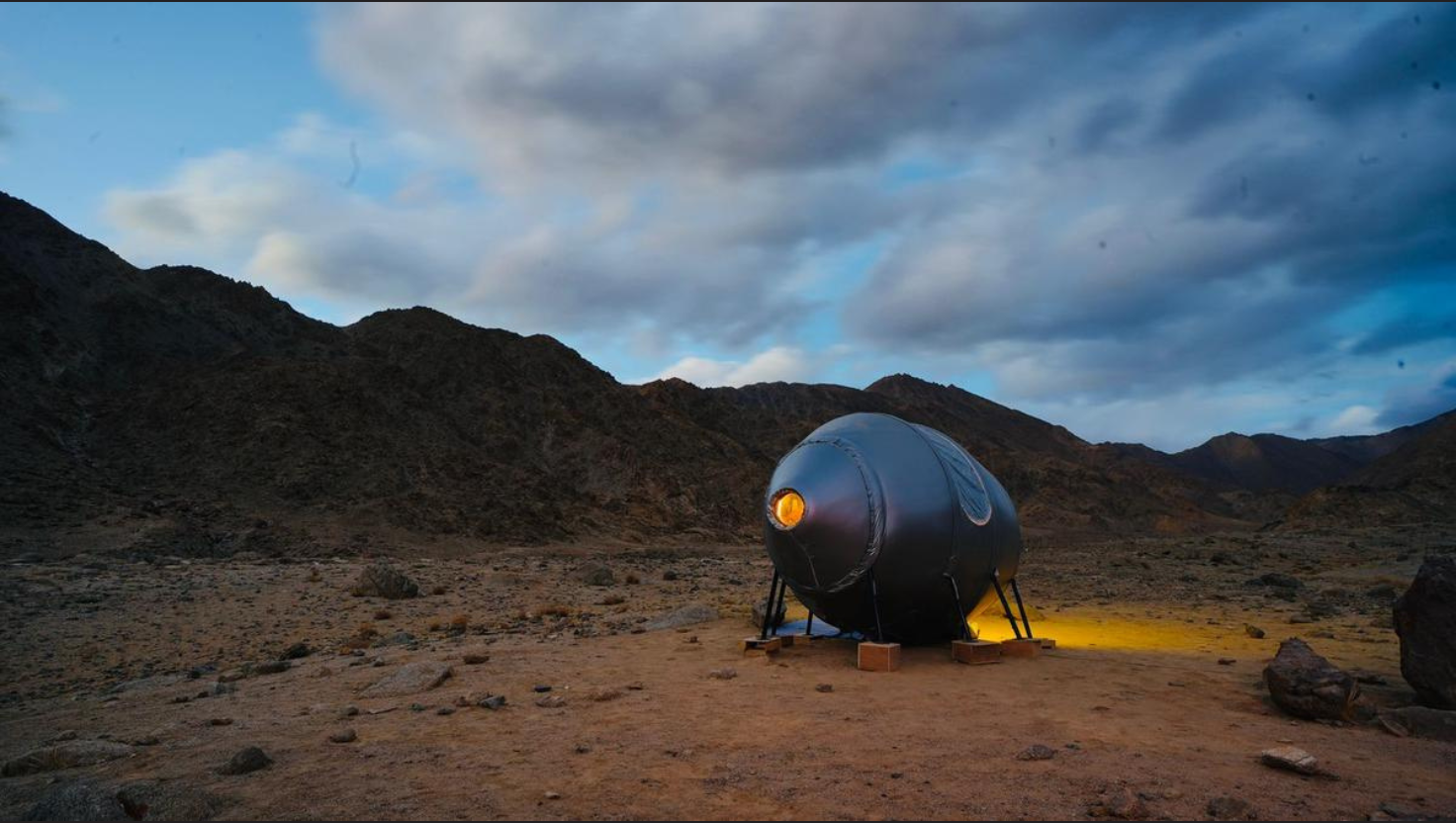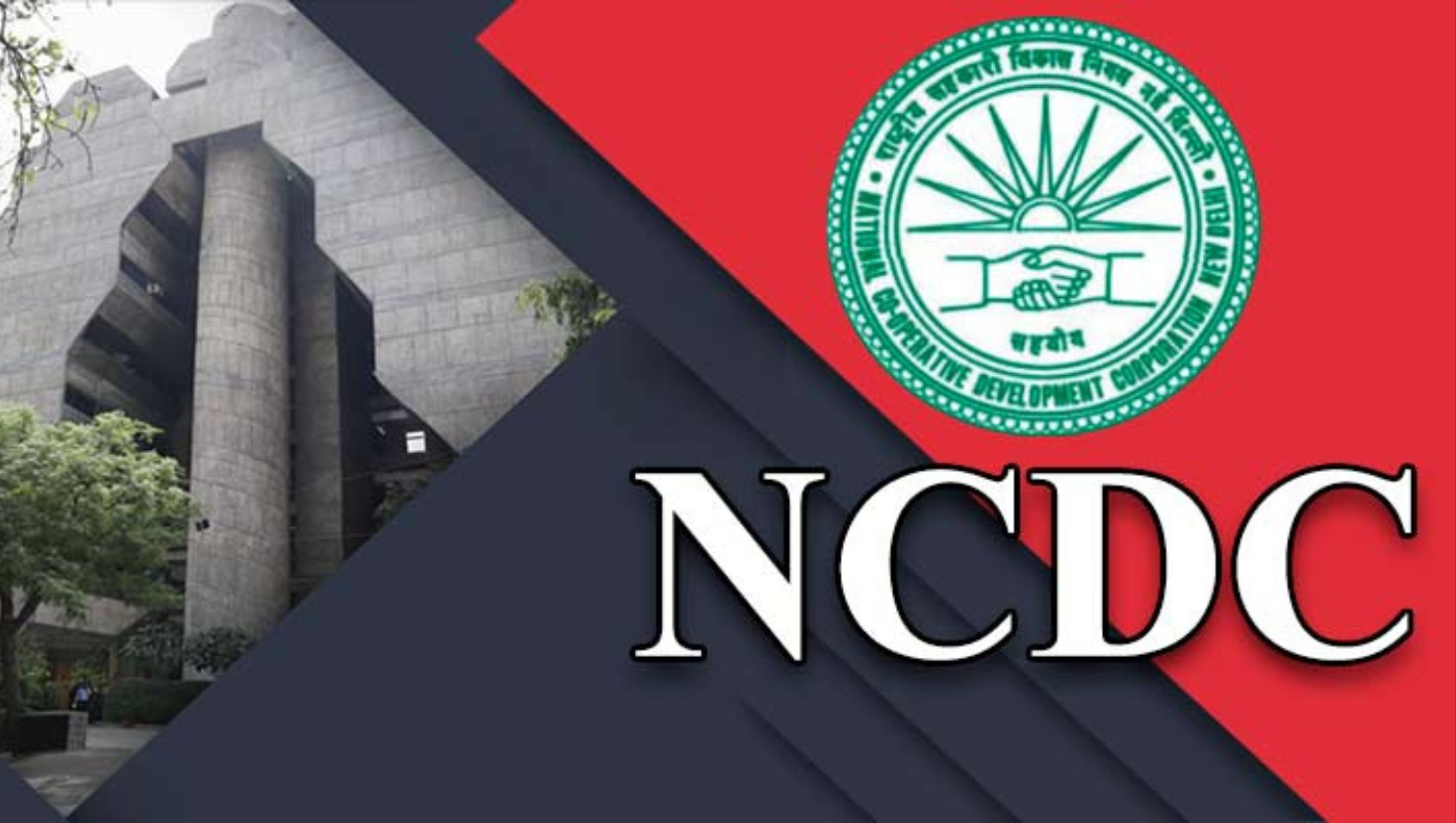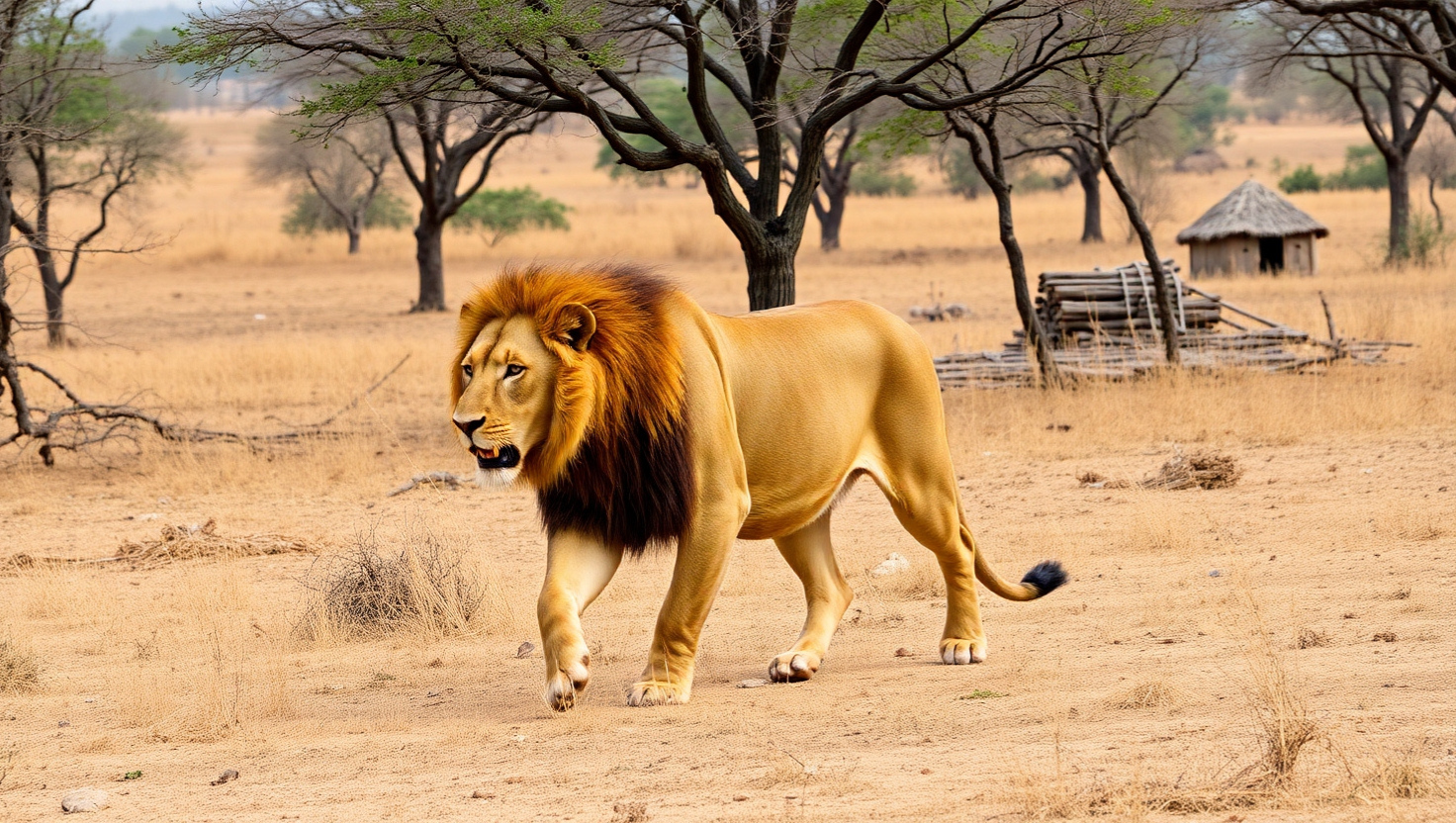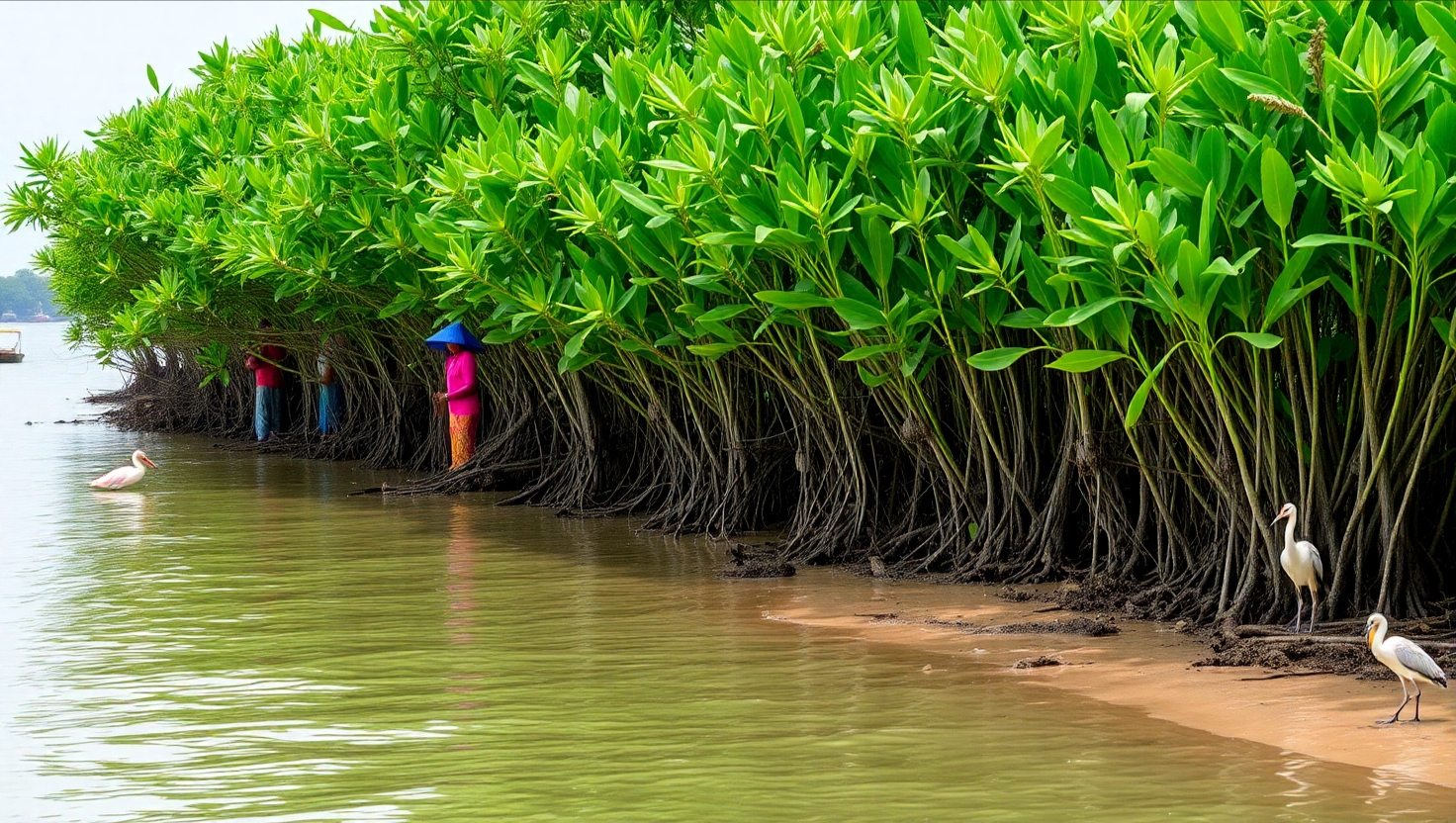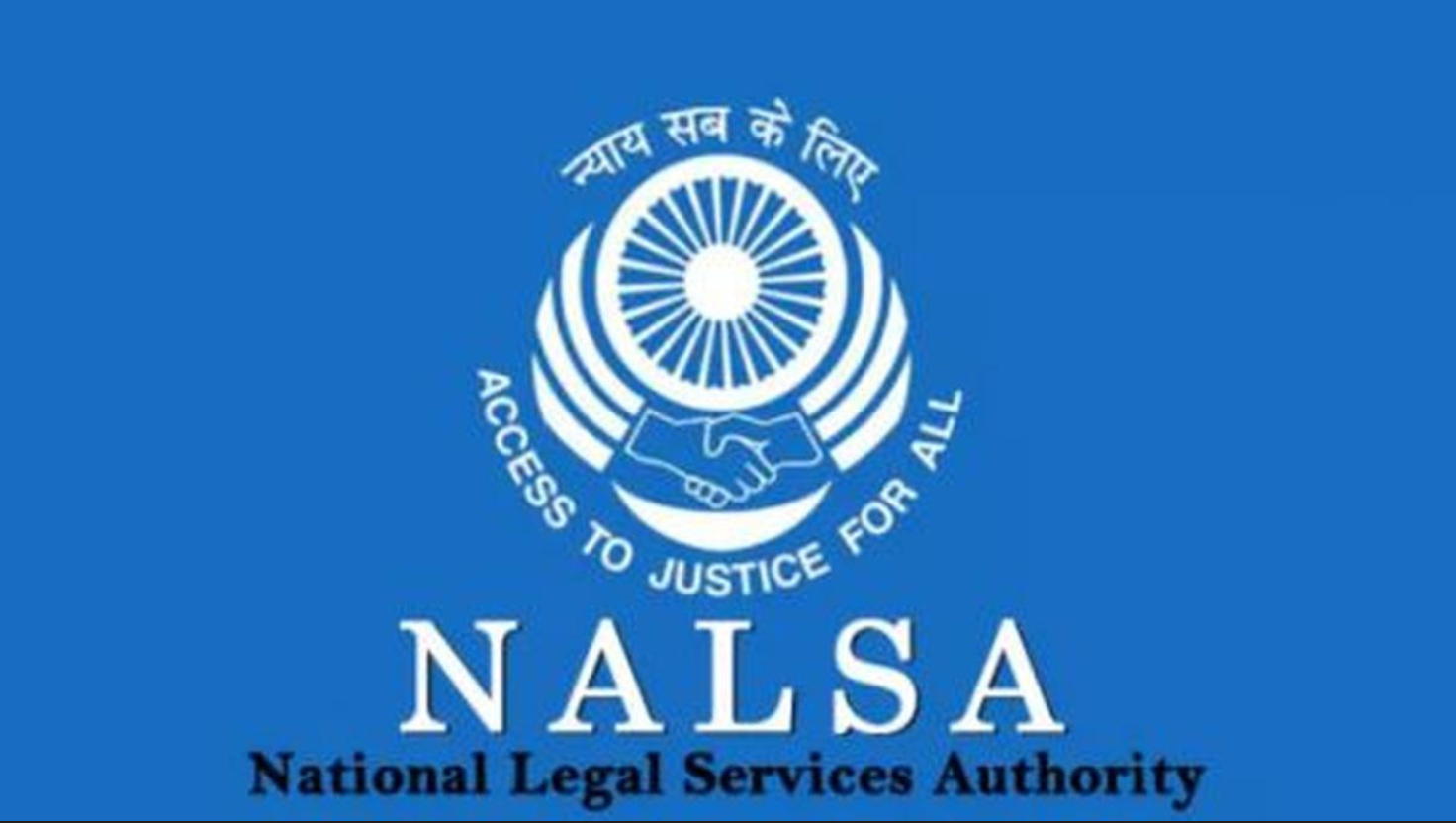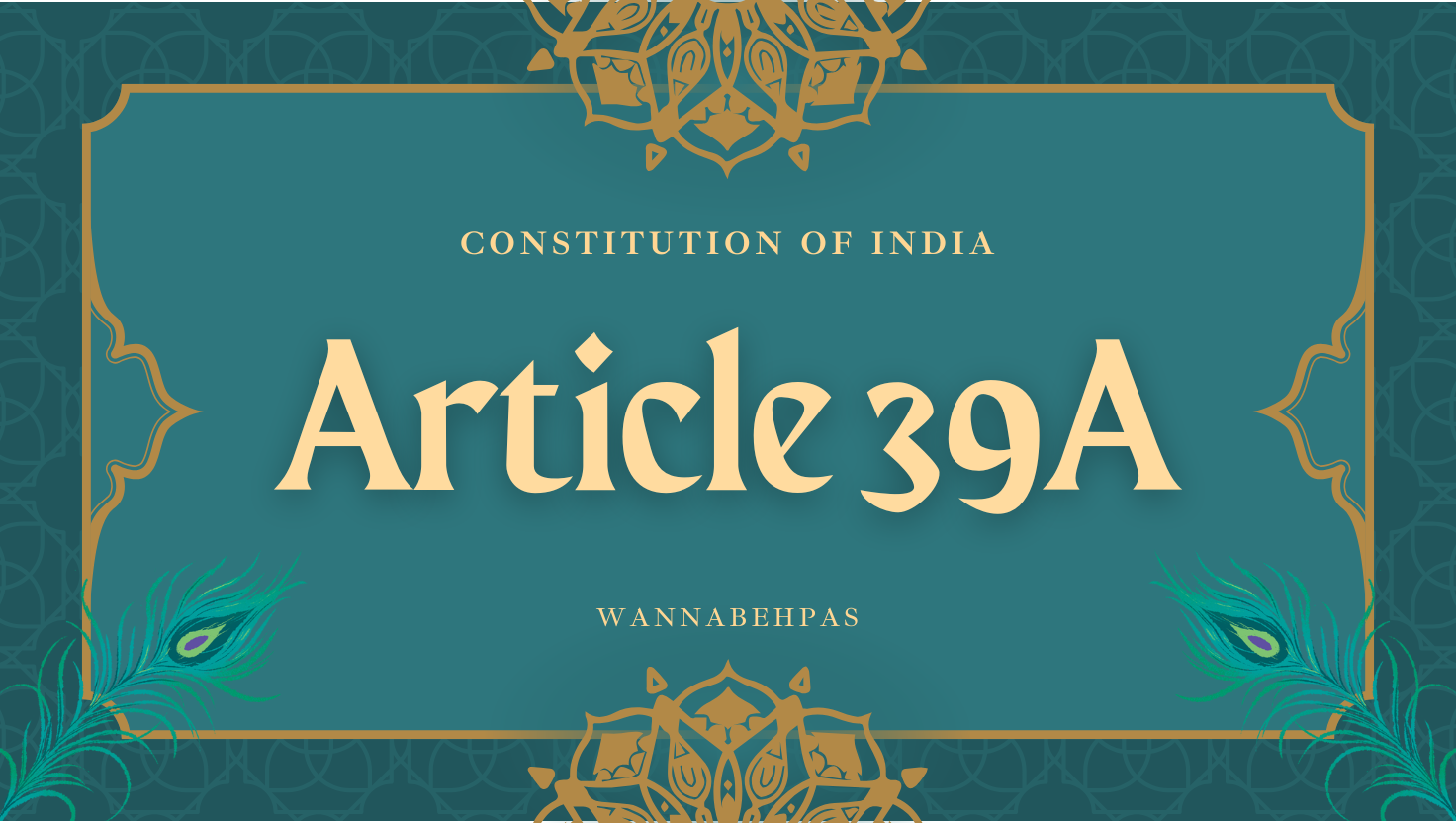The People of Himachal Pradesh
“Your time is limited, so don’t waste it living someone else’s life… have the courage to follow your heart and intuition.”
— Steve Jobs
The creation of Himachal Pradesh was not just an outcome of administrative convenience or economic aspirations. It represented the assertion of the region’s distinct cultural and ethnic identity. The social composition of the state reflects a unique blend of tribal and non-tribal, traditional and modern, pastoral and semi-industrial elements — showcasing a fusion of hill and plain cultures.
From a cultural and ethnic perspective, Himachal Pradesh can broadly be divided into two distinct zones:
- The Inner Himalayan Region:
This includes the districts of Lahaul-Spiti, Kinnaur, upper Shimla, upper Kullu, interior Sirmaur, Pangi division of Chamba, and remote parts of Kangra.
The inhabitants of this region belong to tribal or semi-tribal communities with mixed Indo-Aryan and Mongoloid ethnic roots.
Major tribes here include:- Kinners of Kinnaur
- Lahulas
- Gaddis
- Jads (including Lambas, Khampas, and Bhots or Bhods)
- Pangwalas
- Swanglas
- The Outer or Mid-Himalayan Region (Shivaliks):
This region shares cultural similarities with the plains of Punjab, due to historical migration and cultural intermixing. People here are generally fairer and more accessible due to better connectivity.
Historical migrations shaped this zone:- Brahmins and Rajputs migrated during Aurangzeb’s reign to escape religious persecution.
- Sikhs settled here when they were harassed and driven out by the Mughals, reflecting the historic conflict between Mughals and Sikhs.
- Post-Partition in 1947, Himachal Pradesh received 4,660 displaced persons, further adding to the diversity.
Over the decades, rapid changes have occurred in the social, cultural, and economic fabric of the region. These transformations mark a clear departure from the traditional social structure, making Himachal Pradesh a living mosaic of continuity and change, tradition and modernity.
The Ancient Tribes of Himachal Pradesh
Evidence of Early Human Life
- Quartzite tools discovered by:
- Olaf Prufer (1951) – in the Shivalik foothills near Nalagarh on the Sirsa River.
- B.B. Lal (1955) – at Dehra and Guler in Kangra district, on the banks of the Beas and Ban Ganga rivers.
- These findings suggest that human life existed in this region during the earliest stages of human evolution.
1. Dasas
- Inhabited the Shivalik hills during the Pre-Vedic period.
- Associated with the Indus Valley Civilization, along with:
- Panis
- Asuras
- Vratyas
- Prominent Dasa chiefs: Chamuri, Dhuni, Pipru, Sushna.
- Actively resisted Aryan expansion into the region.
- Eventually assimilated into the Aryan fold due to the efforts of:
- Rishi Vishwamitra
- Rishi Vashishta
2. Kinners
- Name derived from Kim + Nara (Sanskrit) meaning “What kind of men?”
— referring to their unusual appearance (absence of beards/moustaches). - Depicted as Ashwamukha (half-man, half-horse) in legend.
- Not mentioned in Rig Veda, but appear in:
- Mahabharata
- Kalidasa’s works, especially Kumarasambhava
- First legendary king: Pradyumna, son of Lord Krishna.
- Raja Virbhadra Singh, former CM of Himachal Pradesh, is said to be the 131st descendant.
- Historically settled in inner Himalayas:
- From the Ganga to Chandra-Bhaga (Chenab) rivers.
- Continued presence until the Gupta period.
- Currently confined to Kinnaur district.
- Their language shares features with Mandari (Chhota Nagpur region), suggesting early Munda-Tibetan cultural fusion.
3. Kiratas
- One of the earliest and most powerful tribes of the Himalayas.
- Central to Bharavi’s Sanskrit classic Kiratarjuniya, based on their battle with Arjuna.
- Also known later as Mavanas or Mavies, especially in areas across the Yamuna and Satluj.
- Known for:
- Organised governance
- Law and order system
- Construction of fortified towns
- Powerful Kirata king: Shambar
- Ruled the Lower Shivaliks, near Baijnath
- Opposed Aryan king Divodas, advised by Rishi Bharadwaj
- The war lasted forty years, described in the Rig Veda by:
- Rishi Vashishta
- Rishi Vamadeva
- Aryans eventually defeated the Kiratas:
- Destroyed 99 forts
- Killed Shambar and his ally Verchi at Udubraj
- Defeated minor rulers: Kirang, Parnya, Chumri
- Succession:
- Divodas succeeded by Sudas
- Bharadwaj succeeded by Vashishta
4. Nagas
Historical and Mythological Background
- The Nagas were an ancient tribe that once inhabited parts of the Himalayan region.
- They were worshippers of serpents (Nagas) and held a distinct place in local and pan-Indian mythology.
- Prominent Naga kings included:
- Vasuki
- Kali
- Takshaka
Naga Worship in Hindu Tradition
- Eight major Nagas are mentioned in Hindu mythology:
- Shesh
- Takshaka
- Vasuki
- Vajara
- Danshan
- Kar Kotik
- Kemmali
- Sankhu
- Among these, Shesh Naga is considered the most important:
- Believed to support the Earth on his head.
Religious Significance in Himachal Pradesh
- The Naga cult, which is considered a branch of the Shaiva-Shakta tradition, is still prevalent in Himachal’s cultural and religious life.
- Several temples and shrines dedicated to Naga deities exist across the state.
- Naga deities are especially associated with hills and water sources, as mentioned in the Puranas.
Prominent Naga Shrines in Himachal Pradesh
- Nagchala – Near Mandi town
- Rewalsar Lake – Associated with serpent worship
- Kamru Naga – A significant shrine near Karsog
- Kelang Naga Temple – Located near Kugti village, Bharmaur, Chamba district
Sites Known for Snake-Bite Healing
- Shibu-ka-Than – Nurpur, Kangra district
- Saloh – Near Palampur, Kangra district
- Tripal – In Kangra district
Naga Worship Beyond Himachal
- In Kashmir, the historical (now ruined) temple Aba Van was once a major center for snake worship.
Festivals and Folk Belief
- The most prominent festival associated with serpent worship is Naga Panchami, celebrated in July.
- Mansa Devi is revered as the goddess of snakes and continues to be worshipped widely in the Himalayan belt.
5. Khasas
Historical References
- The term Khasa appears in Puranic and epic literature.
- Referred to as:
- Khasira in Nepal
- Kasya in Kumaon and Garhwal
- Khasa in Bhagvata Purana and Vayu Purana
- Their ancient homeland: Khasdesh (between North-Western provinces and Nepal).
- Mentioned by Varahmihira in Brihat Samhita along with Kulutas, Tanganas, and Kashniras.
Present Distribution
- Found in Shimla, Sirmaur, Kullu, Kinnaur (Himachal Pradesh), and Tehri, Kumaon, Garhwal (Uttarakhand).
- In Kinnaur, they identify as Khashiya and associate with Rajputs.
- Recognized as Kshatriyas by Manu.
Ethnic and Linguistic Identity
- According to Grierson, Khasas were early Indo-Aryans of the Himalayan tract.
- They represent both Brahmin and Kshatriya groups today.
- Initially regarded as Aryans, but some texts denote them as Shudras for not following Vedic rites.
- Gave names to regions like Kashmir and Khagsar.
- No consensus on whether they were defeated or related to the Aryans.
Cultural and Social Aspects
Settlement and Social Structure
- Occupied territory from Eastern Turkistan to Assam, via Kashmir and Nepal.
- After Aryans moved to plains, Khasas contended with Kiratas, Kinners, Nagas, and Yakshas for dominance.
- Khasas eventually prevailed and pushed others to inaccessible hill areas.
Marriage Systems
- Three main types:
- Biyah – Arranged marriage by parents.
- Praino – Love marriage (from ‘pranay’).
- Gadar – Bride goes to groom’s house; ceremony held there.
- Marriage is dissolvable by mutual consent.
- Marriage by force also recorded in some cases.
- No tekwa/viyag system in Himachal, but existed in Jaunsar Bawar, Tehri, and Garhwal.
Dress
- No uniform traditional dress; varies locally.
- In Kinnaur:
- Men and women wear gachi, chhuba, and dohru.
- In other areas:
- Thipuh (head scarf), achkan, and coarse suthan (pants) worn.
Food Habits
- Staple foods: wheat, rice, maize, barley, pulses, green vegetables.
- Non-vegetarian, consuming: meat, fish, pork, eggs, etc.
- Low usage of milk due to scarcity of milch animals.
- Popular dishes: poltu, siddu, meat of goat, sheep, and wild animals.
Religion and Beliefs
- Follow village deity system:
- Ishta Devta (personal), Griha Devta (household), Gram Devta (village).
- Prominent deities: Mahasu, Hatkoti Devi, Nag deities, Chureshwar, Koteshwar, etc.
- Oracles (gur) represent deities; wooden palanquins used in worship.
- Animal sacrifices (goats, rams) common.
- Previously used Tankri script, now Devanagari.
Community and Warrior Structure
- Social groups known as Khoonds (warrior bands).
- Two main divisions:
- Shatha (60) – associated with Kauravas
- Pasha (5) – associated with Pandavas
- Subgroups:
- Chhabishi (6×20), Charbishi (4×20), Barabishi (12×20), etc.
- Provided warriors to local chiefs (Ranas) as per demand.
Socio-Economic and Cultural Traits
Occupation and Property
- Primarily pastoral and agrarian.
- Practiced headhunting in cases of conflict.
- Property division:
- Among all sons, with additional share (jethong for eldest, kanishong for youngest).
Political and Religious Institutions
- Leadership hierarchy:
- Head of family, clan, and panchayat.
- Lower hill Khasas had Purohit system due to Aryan influence.
- Upper hills followed non-Brahmanical traditions.
- Influenced by Aryan sages like Vashishta, Vyasa, Jamdagni, Parshuram, etc.
Political Organization and Janapadas
- Democratic in nature; elected leaders known as Mavi or Mavana.
- Powerful Mavanas subdued weaker ones, forming small republics (Janapadas).
- Mentioned in Sanskrit literature.
Cultural Influence and Transformation
- Influenced by Dums – a community resembling pre-Dravidian tribes.
- Their beliefs differ from plains Hindus, despite claiming to be Hindus.
- Practices like widow remarriage, divorce, and spirit worship are common.
- Worship both Hindu gods and local deities, spirits, stones, and weapons.
Modern Developments
- Occupations: agriculture and horticulture.
- Now influenced by education, political awareness, and modern economy.
- Physique: generally tall, fair, curly-haired, with well-cut features.
6. Pishachas
- Who were they?
Pishachas were believed to be flesh-eating tribes who lived in the northern frontiers and adjoining Himalayan regions. - Association with Rakshasas:
In Vedic literature, they were considered similar to the Rakshasas (demons), known for consuming raw flesh and having a fearsome reputation.
7. Yakshas
- Mention in Mahabharata:
Yakshas are mentioned in the Mahabharata, especially in the encounter between Yudhishthira and a Yaksha, which tested the wisdom of the Pandavas. - Nature and Beliefs:
Yakshas were believed to be nature spirits or tree gods, often associated with supernatural powers and guardianship of natural treasures. - Region:
It is difficult to assign a specific territory to Yakshas as they are mythical beings. However, references to them are found throughout the Himalayan region.
Tribal Composition of Himachal Pradesh
- Dominant Historical Tribe:
Among early tribes, Khasas gained dominance over a vast area—from Kashmir to the Kumaon hills. - Present-Day Tribes in Himachal Pradesh:
- Gujjars
- Gaddis
- Kinnaurs (Kinners)
- Lambas
- Khampats
- Bhots
- Jads
- Lahaulas
- Pangwalas
- Swanglas
- Geographical and Demographic Share:
- Tribes occupy 40% of Himachal Pradesh’s geographical area.
- They constitute only 4.6% of the state’s total population.

